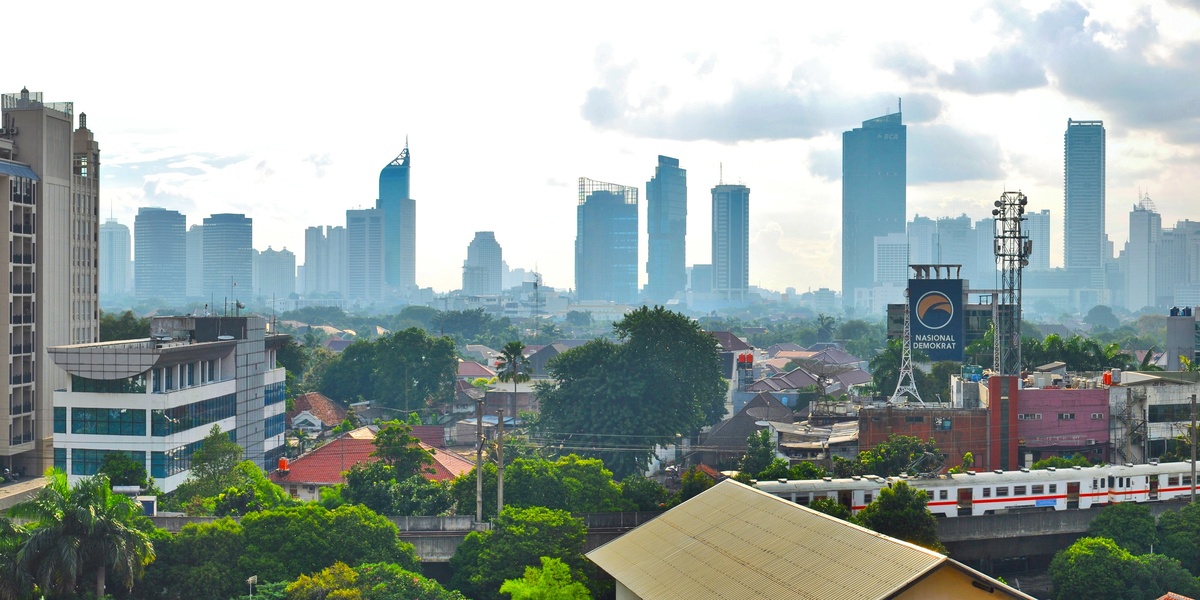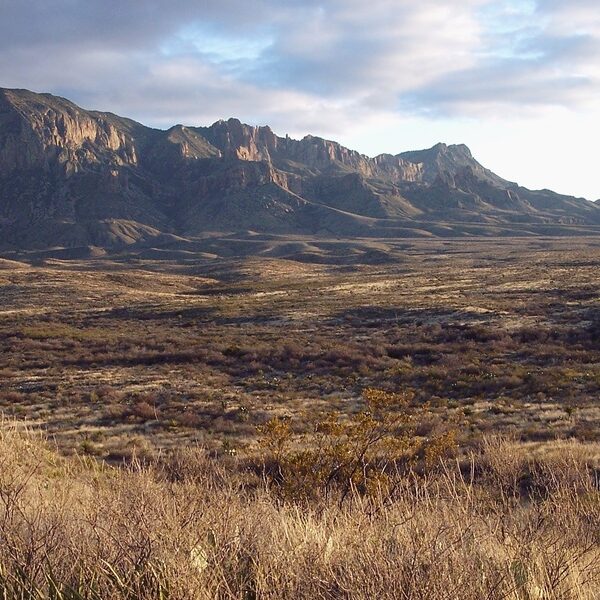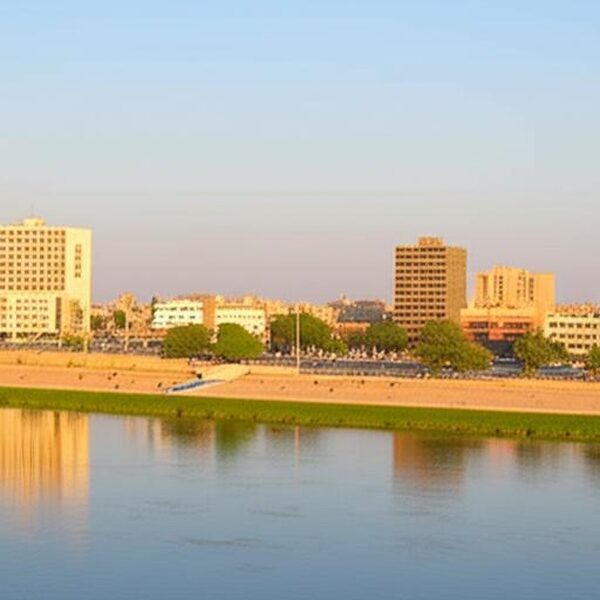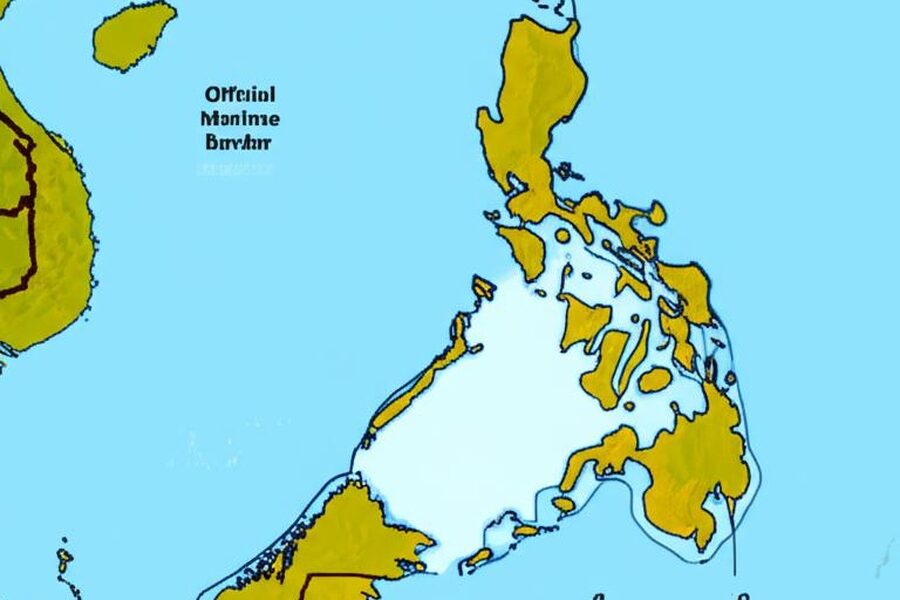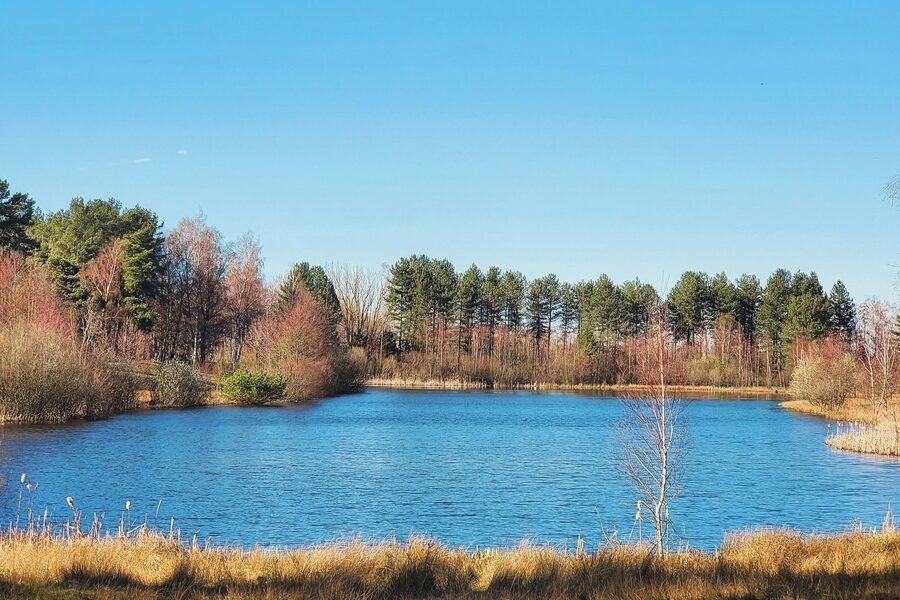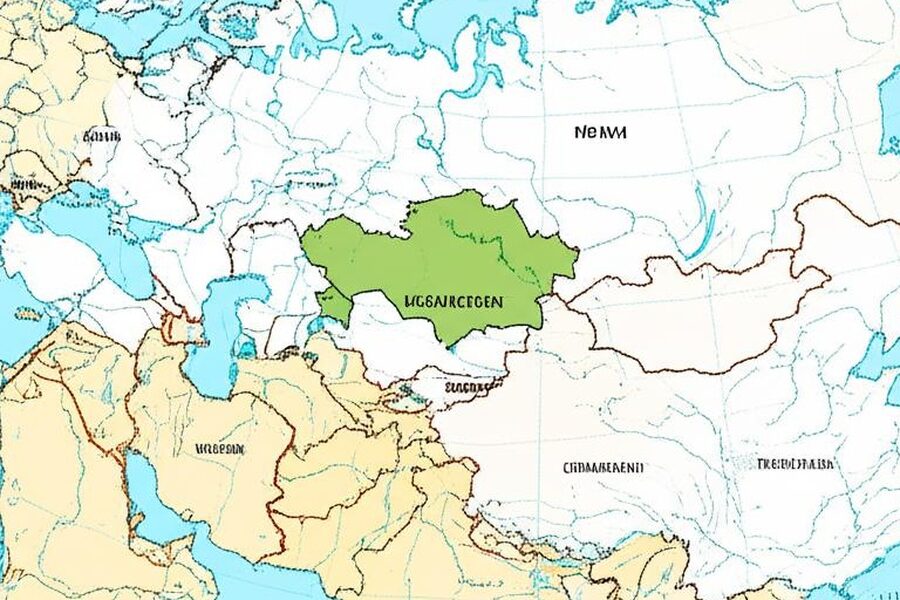Indonesia’s cities sit across a huge and varied landscape — from crowded island ports to sprawling administrative centers — and their land area tells a different story than population alone. Looking at area helps highlight provinces with large municipal boundaries, island geography, and where urban footprints actually extend.
There are 30 Largest Cities in Indonesia by Area, ranging from Ambon to Tual. For each city you’ll find below the Country,Province,Area (km²) so you can quickly compare administrative location and land size; the full list and details are in the table you’ll find below.
How is “area” defined for these cities?
Area usually refers to the official administrative boundary of the city (kota or kabupaten), not the wider metropolitan region — so figures reflect local government limits, which can vary widely depending on historical borders and whether nearby suburbs are included.
Where can I verify the area figures used here?
Official sources include Badan Pusat Statistik (BPS) publications, provincial or municipal regulations, and national gazettes; check those documents for the most authoritative and updated area numbers, since boundaries and measurements sometimes change.
Largest Cities in Indonesia by Area
| City | Country | Province | Area (km²) |
|---|---|---|---|
| Palangka Raya | Indonesia | Central Kalimantan | 2,853.50 |
| Tidore Kepulauan | Indonesia | North Maluku | 1,652.55 |
| Dumai | Indonesia | Riau | 1,623.38 |
| Subulussalam | Indonesia | Aceh | 1,391.00 |
| Sorong | Indonesia | Southwest Papua | 1,105.00 |
| Batam | Indonesia | Riau Islands | 1,010.88 |
| Jayapura | Indonesia | Papua | 940.00 |
| Samarinda | Indonesia | East Kalimantan | 718.00 |
| Padang | Indonesia | West Sumatra | 694.96 |
| Pagar Alam | Indonesia | South Sumatra | 633.66 |
| Pekanbaru | Indonesia | Riau | 632.26 |
| Balikpapan | Indonesia | East Kalimantan | 503.30 |
| Prabumulih | Indonesia | South Sumatra | 434.50 |
| Bontang | Indonesia | East Kalimantan | 406.70 |
| Sungai Penuh | Indonesia | Jambi | 391.50 |
| Semarang | Indonesia | Central Java | 373.78 |
| Palembang | Indonesia | South Sumatra | 369.22 |
| Ambon | Indonesia | Maluku | 359.45 |
| Surabaya | Indonesia | East Java | 350.54 |
| Bitung | Indonesia | North Sulawesi | 313.50 |
| Bau-Bau | Indonesia | Southeast Sulawesi | 306.00 |
| Kendari | Indonesia | Southeast Sulawesi | 295.89 |
| Sawahlunto | Indonesia | West Sumatra | 273.45 |
| Medan | Indonesia | North Sumatra | 265.10 |
| Tual | Indonesia | Maluku | 254.39 |
| Bima | Indonesia | West Nusa Tenggara | 222.25 |
| Bandar Lampung | Indonesia | Lampung | 197.22 |
| East Jakarta | Indonesia | DKI Jakarta | 188.03 |
| Makassar | Indonesia | South Sulawesi | 175.77 |
| Bandung | Indonesia | West Java | 167.31 |
Images and Descriptions

Palangka Raya
Often cited as Indonesia’s largest city, its vast area is mostly protected forest. It was designed by President Sukarno in the 1950s as a potential future capital due to its central location in Kalimantan, a plan that has recently been revisited.
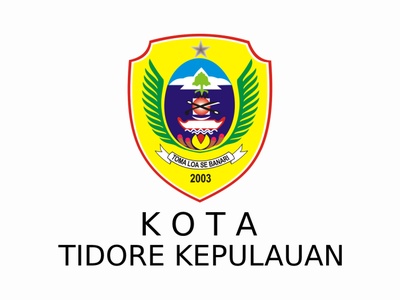
Tidore Kepulauan
This island city’s boundary includes vast seas, but its land area alone is immense. It covers the historic island of Tidore and parts of mainland Halmahera, reflecting its past as a powerful spice-trading sultanate and rival to Ternate.
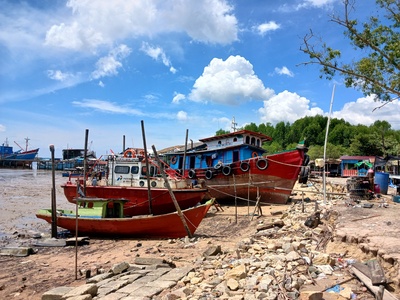
Dumai
A major port on Sumatra’s coast, its large administrative area contains oil palm plantations and industrial estates. Dumai is a crucial hub for Indonesia’s oil, gas, and palm oil industries, strategically located on the Strait of Malacca.
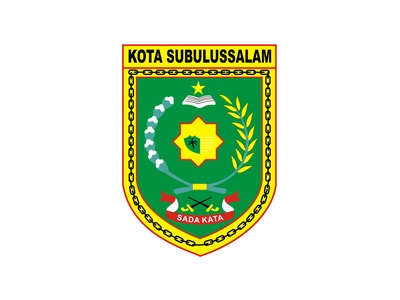
Subulussalam
One of Aceh’s newer cities, its large territory was carved from a wider regency. Much of its area is forested and borders the vital Gunung Leuser National Park ecosystem, presenting unique challenges for development and conservation.
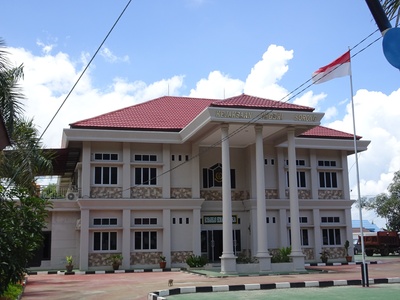
Sorong
Known as the gateway to the Raja Ampat islands, Sorong’s large municipal area serves as a logistical and industrial hub for the region’s rich oil, gas, and fishery resources. Its size supports its role as the province’s economic engine.
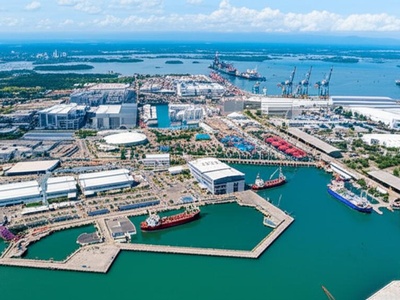
Batam
Comprising several islands near Singapore, Batam is a bustling free-trade zone. Its large land area facilitates massive industrial parks, commercial centers, and international port facilities, making it a unique economic and logistical hub in Southeast Asia.

Jayapura
The capital of Papua province, its expansive area stretches along the coast and into hilly, forested interiors. It is the economic, political, and cultural center for the Indonesian part of New Guinea, with a diverse and growing population.
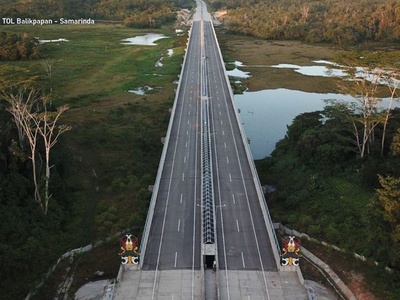
Samarinda
Located on the banks of the Mahakam River, the capital of East Kalimantan has a large area that supports its role as a major hub for the region’s timber and coal industries. Its size reflects its importance in a resource-rich province.
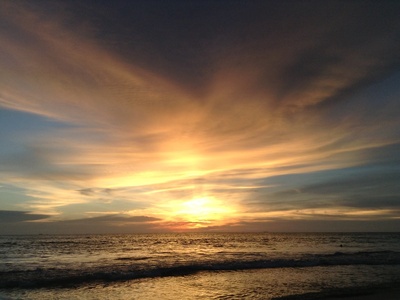
Padang
The capital of West Sumatra, Padang’s large administrative area includes a long coastline and hilly inland regions. This topography makes the city scenic but also exposes it to natural disaster risks, influencing its urban planning and development.
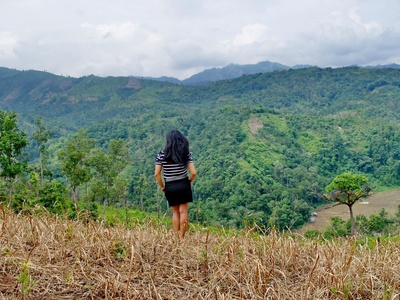
Pagar Alam
Meaning “fence of nature,” this city in South Sumatra is surrounded by mountains and highlands. Its large area is dominated by tea plantations and protected forests around Mount Dempo, making it a notable agro-tourism destination.
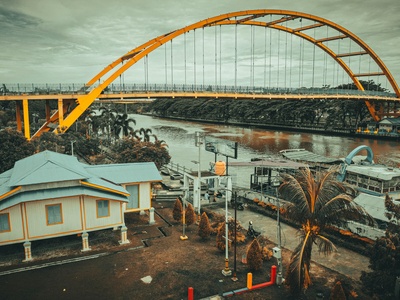
Pekanbaru
The capital of Riau, this rapidly growing city’s large administrative area is designed to accommodate its expansion. It is a major economic center in Sumatra, driven by the oil, palm oil, and pulp and paper industries.
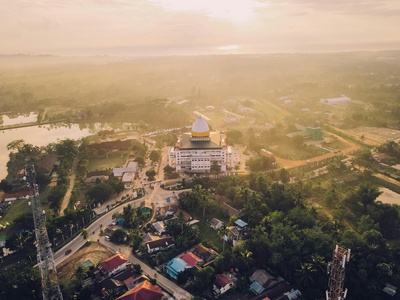
Balikpapan
A major oil and gas hub, Balikpapan’s well-planned area includes industrial estates, residential zones, and protected mangrove forests. Often called one of Indonesia’s most livable cities, its size allows for a balance between industry and environment.
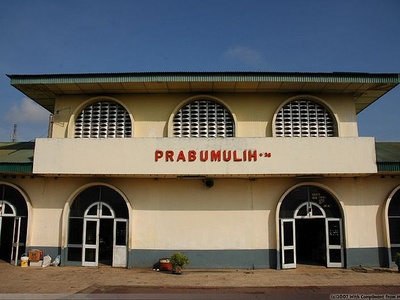
Prabumulih
An oil and gas city in South Sumatra, its significant area is dotted with petroleum production facilities. Known for its pineapple production, the city’s large size is more a reflection of its administrative founding than dense urban development.
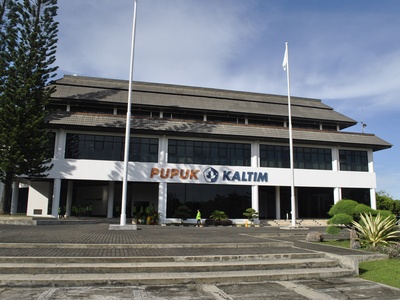
Bontang
Despite its relatively small population, Bontang’s significant area houses world-class industrial complexes, particularly in fertilizer and liquefied natural gas (LNG). Its size is dedicated to these large-scale, strategic industries and their supporting infrastructure.
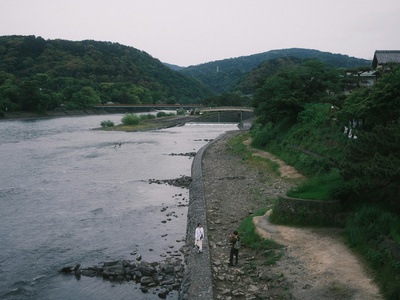
Sungai Penuh
Nestled within the Kerinci Seblat National Park, Sungai Penuh is the highest-altitude city in Sumatra. Its large, isolated area is defined by the surrounding mountains and rich agricultural land, making it a unique high-altitude urban center.
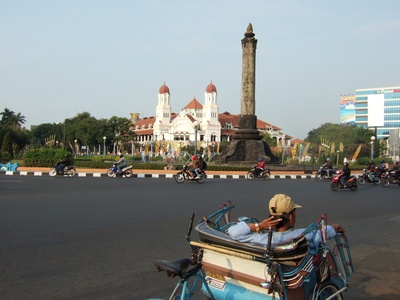
Semarang
The capital of Central Java, this coastal city has a large area that spans from the flat northern coast to the hilly southern region. Its size accommodates a major port, industrial areas, and historic districts, but also presents challenges with land subsidence.
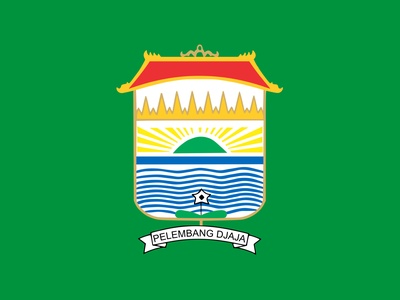
Palembang
The capital of South Sumatra and a historic port, Palembang’s large area is bisected by the Musi River. The city’s size allows for extensive development on both sides of the river, connecting modern infrastructure with remnants of the Srivijaya empire.
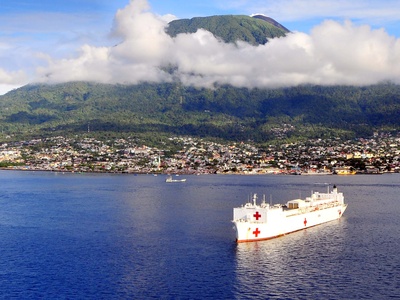
Ambon
The capital of Maluku, Ambon’s city limits cover the southern part of Ambon Island. Its large area includes a rugged, hilly interior and an extensive coastline along a deep bay, reflecting its historic importance as a strategic port.
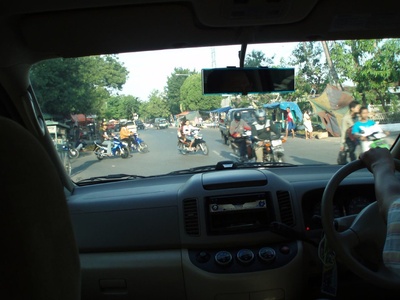
Surabaya
Indonesia’s second-largest city by population, its large municipal area supports a major port, extensive industrial zones, and sprawling residential neighborhoods. The city is known for its well-managed urban planning and green spaces within its vast territory.
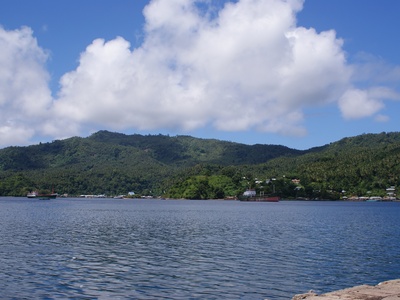
Bitung
A key port city in North Sulawesi, its large area encompasses a natural harbor, industrial zones, and the Tangkoko Nature Reserve. It serves as an international hub for shipping, fishing, and access to the unique biodiversity of the Lembeh Strait.

Bau-Bau
Located on Buton Island, Bau-Bau is a historic port city. Its large administrative area includes the world’s largest fort, the Keraton Buton, and reflects its past as the capital of the Buton Sultanate, which controlled regional sea lanes.
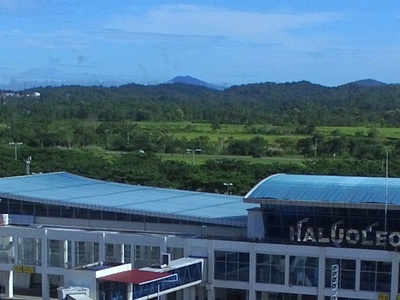
Kendari
The capital of Southeast Sulawesi, Kendari has a large area characterized by its location around a sprawling bay. The city’s size supports its rapid development as a center for government, education, and trade in the region.
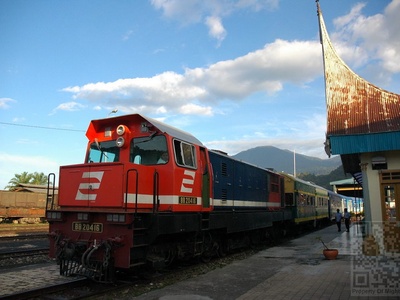
Sawahlunto
A former Dutch colonial mining town, this UNESCO World Heritage site is situated in a narrow valley. Its surprisingly large administrative area includes the surrounding hills and forests, preserving the historic coal mining landscape and its green buffer zones.
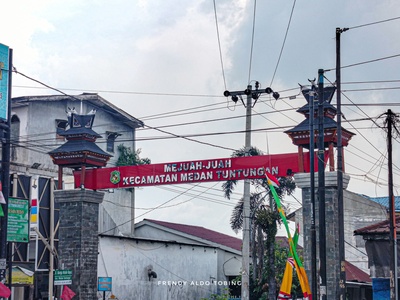
Medan
As the largest city outside of Java, Medan’s expansive area serves as the economic and commercial hub for Sumatra. Its size accommodates a diverse population, bustling markets, and colonial-era architecture, making it a major gateway to the region.
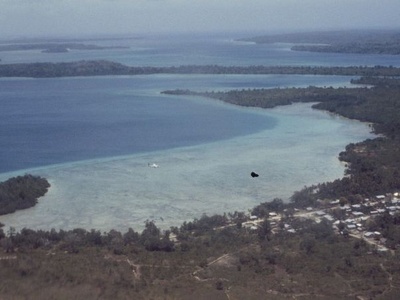
Tual
An island city in the Kei Islands, Tual’s administrative area is mostly sea but includes a significant landmass. It is a major regional hub for the fishing industry, with its size reflecting its maritime focus and dispersed island geography.
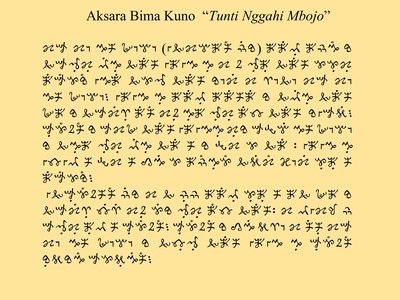
Bima
Located on the eastern side of Sumbawa island, Bima is a historic sultanate and port. Its sizable area stretches along a bay and into the surrounding hills, supporting its role as a regional center for agriculture, trade, and culture.
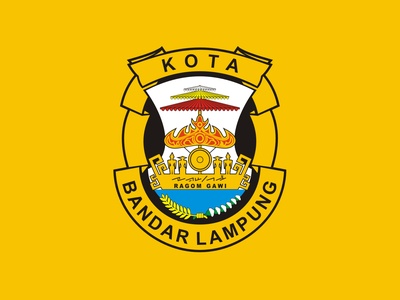
Bandar Lampung
As the capital of Lampung and the gateway to Sumatra from Java, this city has a large, hilly area. Its size accommodates its role as a major transportation and economic hub connecting the two most populous islands of Indonesia.
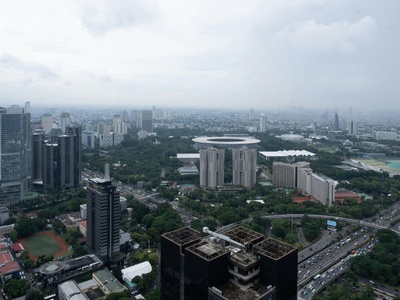
East Jakarta
The most populous and largest administrative city in the capital province, East Jakarta’s vast area is a mix of dense residential neighborhoods, industrial estates, and major transportation hubs like Halim Perdanakusuma Airport, reflecting its diverse urban functions.
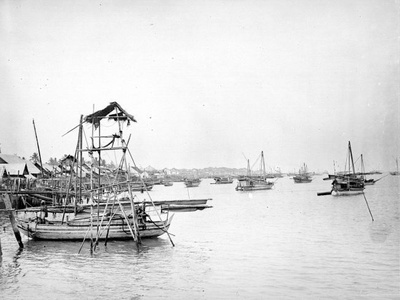
Makassar
The largest city in Eastern Indonesia, Makassar’s significant coastal area is home to a major port and serves as a crucial hub for trade and logistics. Its size supports its role as the primary gateway and economic engine for the entire region.
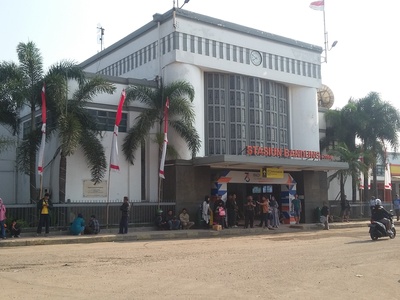
Bandung
Nestled in a river basin surrounded by volcanic mountains, the capital of West Java has a sizable area for a highland city. It is a major center for education, creative industries, and tourism, known for its cool climate and colonial architecture.

